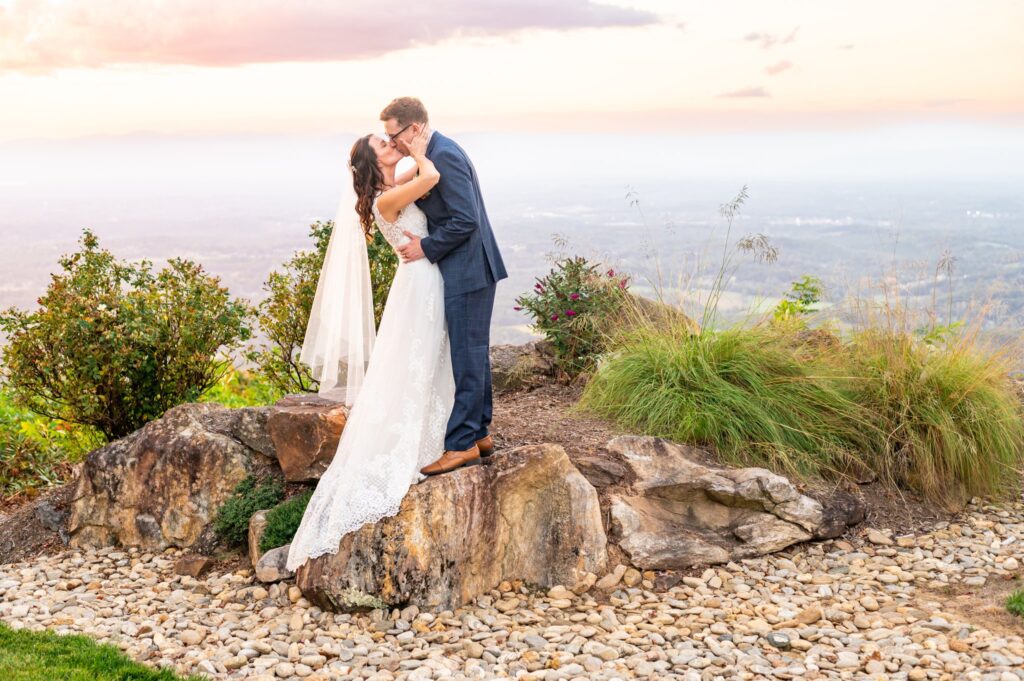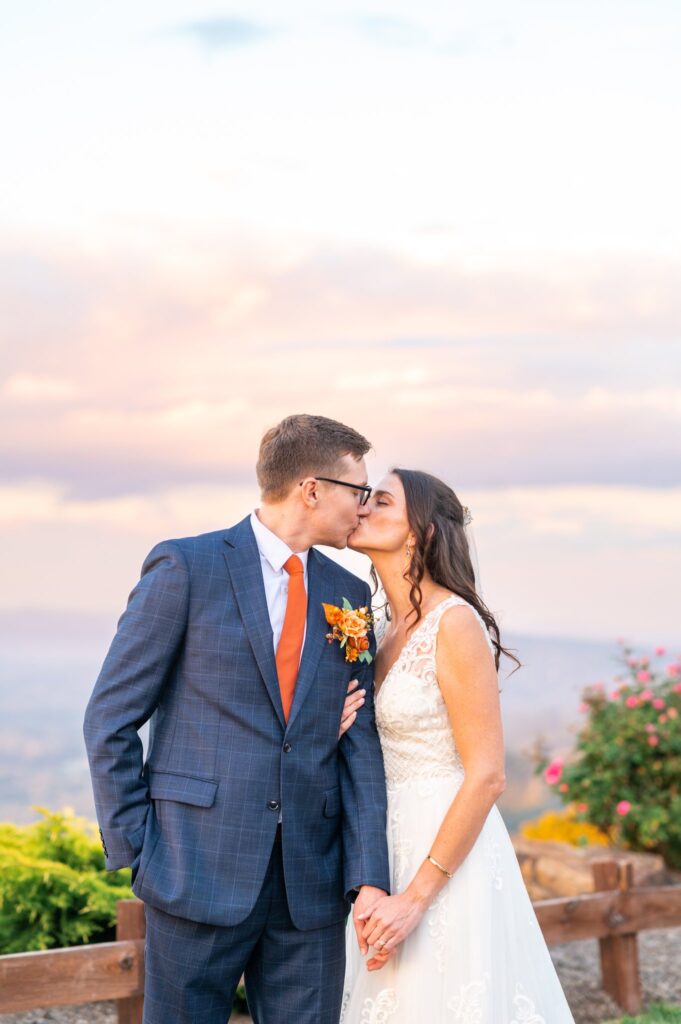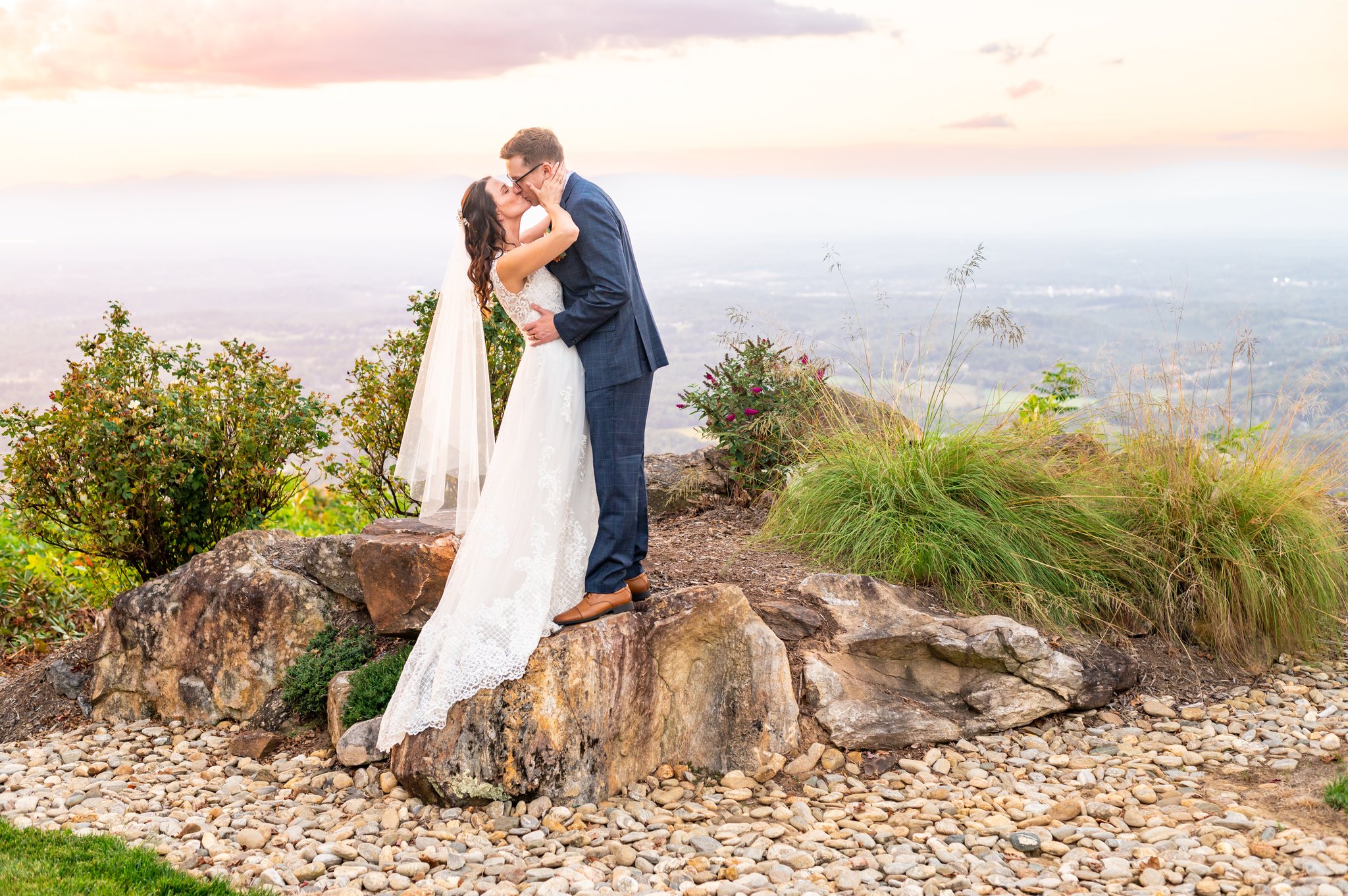Share this post
AUTHOR:
Reg & Kala’s Third Lighting Rule – The Power of a Pretty Background
October 10, 2023
Photography is a symphony of elements coming together, where light, composition, and subject matter create mesmerizing images. Today, we explore our third lighting rule, which is all about the importance of having a pretty background in your photographs. Now to be clear this is rule #3, so just in case you are working in really terrible lighting situations. As a professional photographer, you must be willing to sacrifice this rule before you sacrifice rule # 2, and never sacrifice rule #1. Now let’s uncover why this rule is pivotal and how it can take your photography to the next level.
If you haven’t read rule #2 do that here, and click here to read rule #1.

The Essence of a Pretty Background
A pretty background is not just an afterthought; it’s an essential component of your composition. It serves several critical purposes in photography:
1. Enhances the Subject: A beautiful backdrop complements and enhances the subject of your photograph, creating a harmonious visual experience for the viewer.
2. Tells a Story: The background can provide context and storytelling elements to your image. It sets the scene and adds depth to the narrative.
3. Aesthetic Appeal: A pretty background can elevate the overall aesthetics of your photograph, making it visually pleasing and memorable.
Why Having a Pretty Background Matters
The background in your photograph is not just empty space; it’s an opportunity to create art within the frame. Here’s why it’s essential to pay attention to the background:
1. Subject Isolation: A pretty background helps isolate your subject and draw the viewer’s focus to it. When the background is cluttered or distracting, it can detract from the main subject.
2. Professionalism: An aesthetically pleasing background showcases your professionalism as a photographer. It demonstrates that you have a keen eye for detail and composition.
3. Emotional Impact: The right background can enhance the emotional impact of your photograph. For instance, a serene natural landscape can evoke tranquility, while an urban setting may convey a sense of bustling energy.
Tips for Achieving a Pretty Background
Now that you understand the significance of having a pretty background in your photographs, let’s explore some practical tips to achieve it:
1. Scouting Locations: Invest time in scouting locations that offer beautiful backgrounds. Nature, parks, architectural landmarks, and well-designed interiors can all serve as stunning backdrops. This only happens if you go to the locations before the actual shoot. Otherwise your not scouting, your surveying what you already have.
2. Subject-Background Relationship: Consider how your subject interacts with the background. Ensure that they complement each other visually and thematically. (Example: If you’re subject has on red shirt, don’t put them in front of a brick wall)
3. Depth of Field: Use a shallow depth of field (achieved through a wide aperture) to create background blur (bokeh) that isolates your subject. This technique is especially effective in portrait and macro photography.
4. Foreground Elements: Incorporate foreground elements to add depth and interest to your composition. This can lead the viewer’s eye into the frame and towards the main subject. If you do this with a wide open aperture those photos are going to be amazing!
5. Lighting: Properly illuminate your background to bring out its beauty. Pay attention to the direction, quality, and color of light falling on both the subject and the background. Use lighting rules 1 and 2 for this.
6. Framing: Use elements in the background, such as arches, doorways, or natural frames, to create a visually appealing composition. This adds depth and dimension to your photograph.
7. Subject Placement: Be deliberate in where you position your subject within the frame. Ensure they are in harmony with the background elements. (Example: Don’t have a tree or a street sign sticking up right behind their head)
8. Post-Processing: In post-production, you can enhance the beauty of your background through color correction, contrast adjustments, and the removal of distractions or unwanted elements.

Our third lighting rule, emphasizing the importance of a pretty background, is a golden nugget of wisdom for photographers. It reminds us that photography is not just about capturing subjects but also about creating compelling stories within the frame.
A pretty background can transform an ordinary photograph into a work of art, providing context, enhancing aesthetics, and evoking emotions. It invites viewers to immerse themselves in the world you’ve captured, making your photographs memorable and impactful.
As you continue your photographic journey, keep this lighting rule in mind. Invest time in selecting and composing with beautiful backgrounds, and you’ll find your images resonating more deeply with your audience and standing out as a testament to your creative prowess as a photographer.

Comments